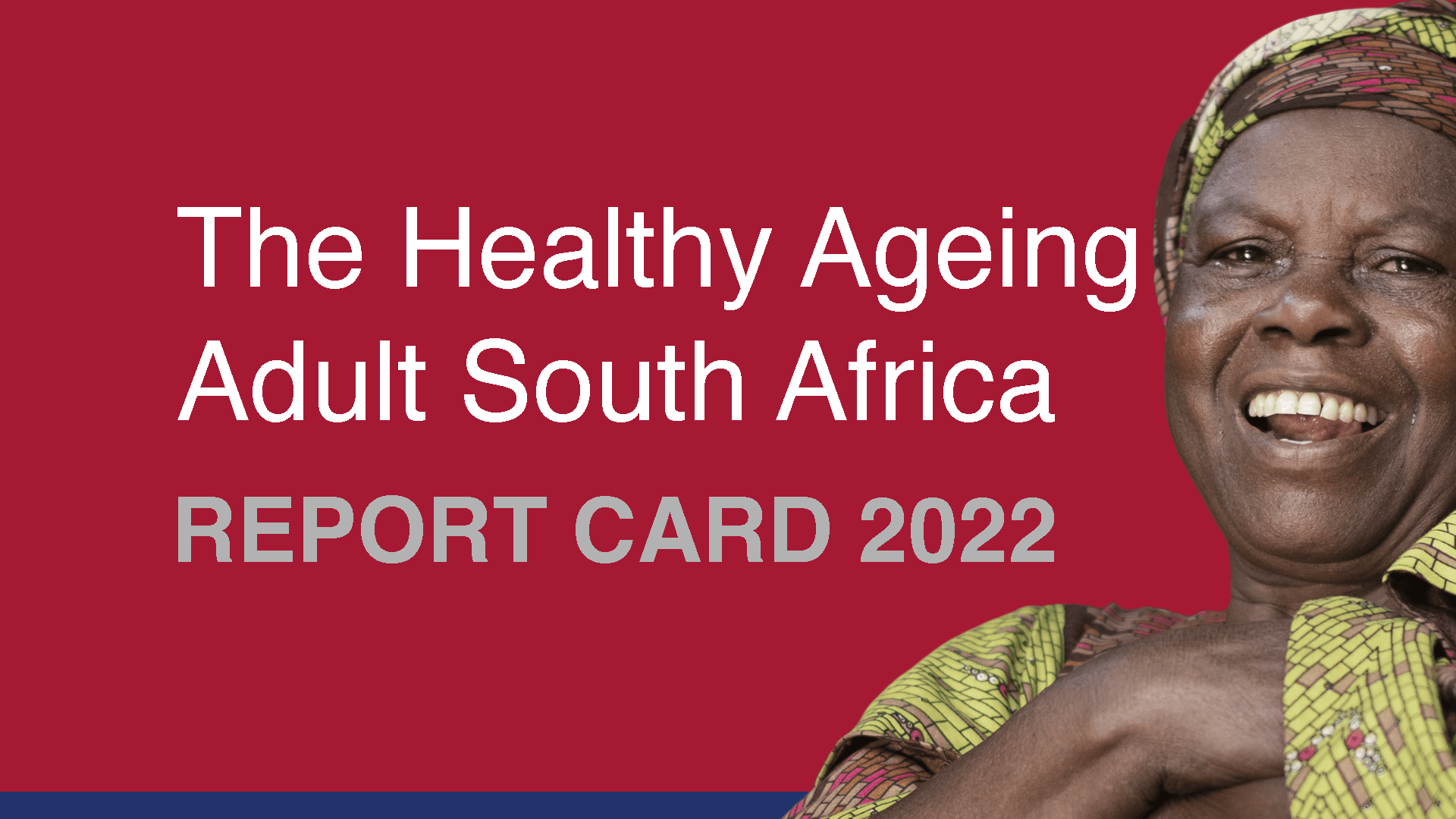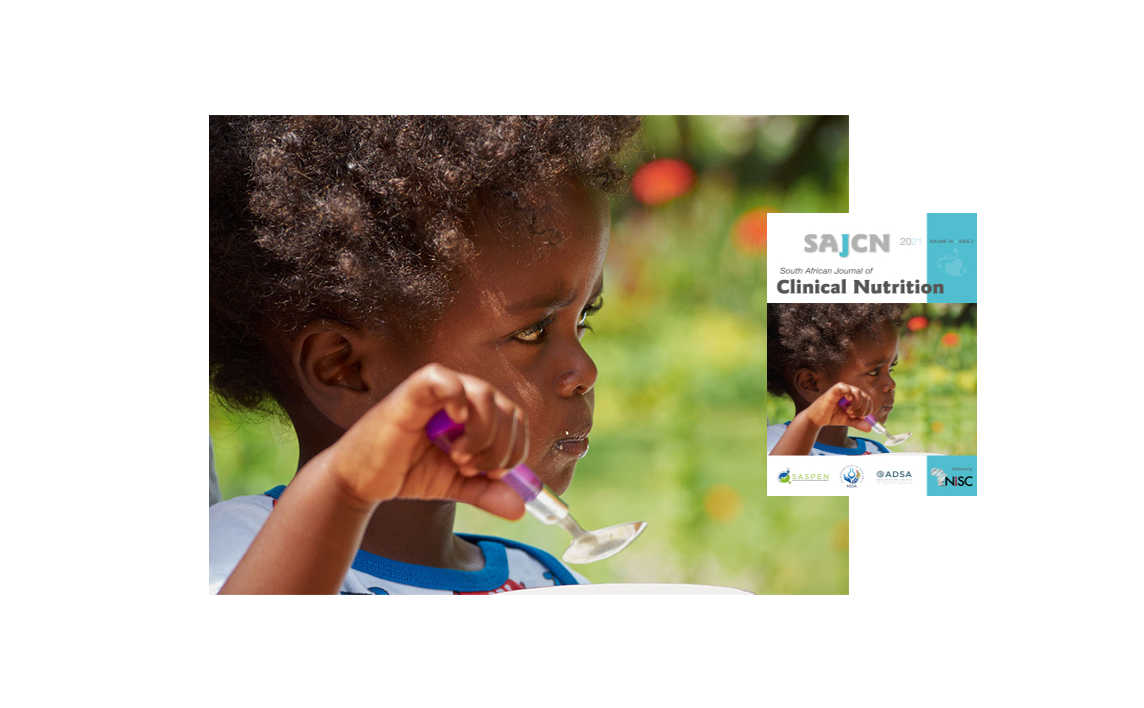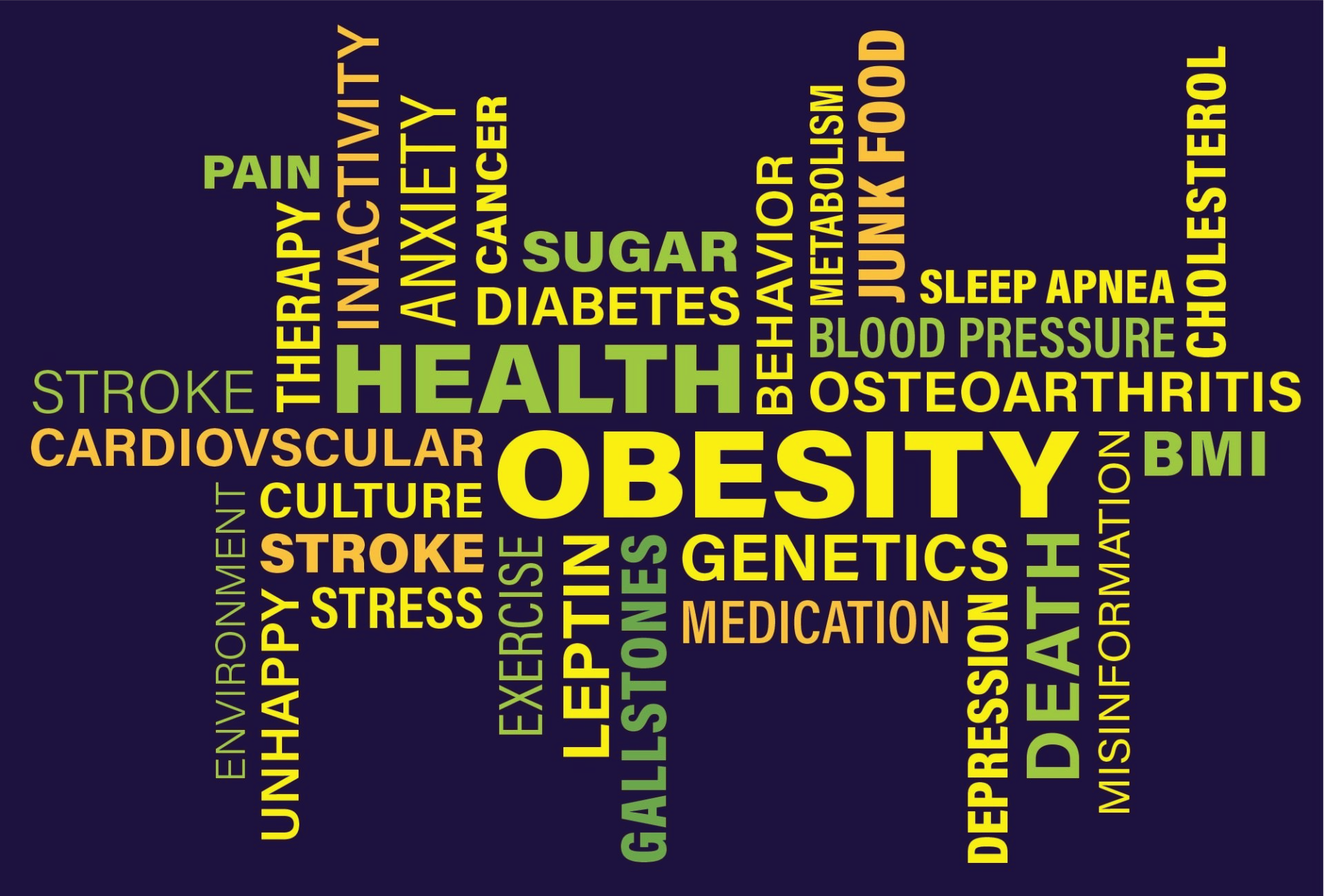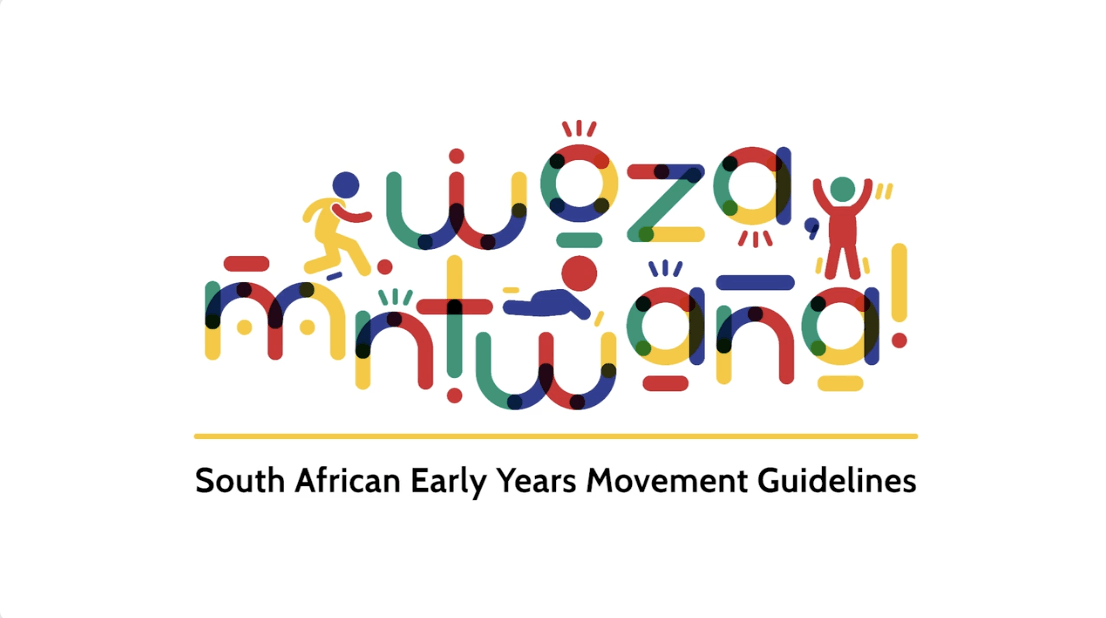BMI: How to Calculate BMI in Woman and Men
by ACTION
Adults: (BMI) in woman and men
WOMAN: The body mass index (BMI) is measured as a person's weight in kilogram (kg) divided by her hight (in meters), squared.
The WHO define a BMI 'underweight'; 18.5 to >30.0 as 'obese'
MEN: The body mass index (BMI) is measured as a person's weight in kilogram (kg) divided by his hight (in meters), squared.
The WHO define a BMI 'normal/healthy'; 25.0 to 30.0 as 'obese'
Mean BMI in adult women
Body Mass Index (BMI) is used to define the share of individuals that are underweight, in the ‘healthy’ range, overweight and obese.
In the map here we see the distribution of mean BMI for adult women – aged 18 years and older – across the world. The global mean BMI for women in 2016 was 25 – just on the threshold from the WHO’s ‘healthy’ to ‘overweight’ classification. This has increased from a mean BMI of 22 – in the mid-range of ‘healthy’ – in the 1970s.
Mean BMI in adult men
Body Mass Index (BMI) is used to define the share of individuals that are underweight, in the ‘healthy’ range, overweight and obese.
In the map here we see the distribution of mean BMI for adult men – aged 18 years and older – across the world. The global mean BMI for men in 2016 was 24.5 – just on the threshold from the WHO’s ‘healthy’ to ‘overweight’ classification. This has increased from a mean BMI of 21.7 – in the mid-range of ‘healthy’ – in the 1970s.
More about Obesity & Resent Articles and Events
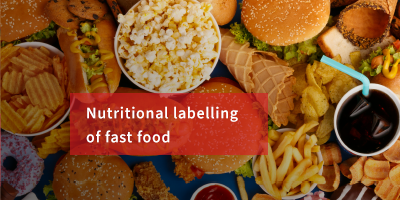
Obesity rates are rapidly increasing in the African Region, as in most parts of the world.
There is a common misconception that obesity and other noncommunicable diseases (NCDs) only occur among the wealthy.
Strategy for the prevention and control of Obesity in South Africa - 2015 - 2020
Act today for a healthier future. HSF supports the World Obesity Federation (WOF) in the initiative to stimulate and support practical actions to address obesity.
ACTION
African Centre for Obesity Prevention
PARTNERS
Join our growing list of partners, including:
Preventing obesity for a healthier tomorrow
Business Hours
- Mon - Fri
- -
- Sat - Sun
- Closed
About Us
Contact
Office:
+27 10 447 3721
E-mail:
